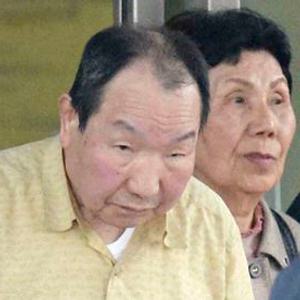
On April 21, 2015, Oktibbeha County (Mississippi) District Attorney Forrest Allgood announced that he would drop charges against death row inmate Willie Manning.
In February, the Mississippi Supreme court granted Manning a new trial, saying that key evidence was withheld. Justice Michael K. Randolph wrote, “The State violated Manning’s due-process rights by failing to provide favorable, material evidence.” A witness testified that he saw Manning enter the victims’ apartment, but police records that were withheld from the defense show the apartment from which he claimed to have seen Manning was vacant at the time, and records from the apartment complex did not list the witness as a tenant. The witness later recanted his testimony, saying he feared he would be charged with the crime if he didn’t testify.
Manning remains on death row for a separate crime, but the evidence against Manning in that case is hair and ballistics analysis from the FBI that was recently identified as seriously flawed. Manning came within hours of being executed in that case, receiving a stay of execution only after the FBI sent separate letters disclosing flaws in its ballistics and hair comparison testimony.
The FBI has offered to conduct DNA testing of the evidence from that case on Manning’s behalf. Because that death sentence stems from an unrelated crime, Manning meets the criteria for inclusion on DPIC’s Exoneration List. He is the 153rd person exonerated from death row since 1973, the fourth in Mississippi, and the third in 2015.
R. L. Nave, Why Does the State Still Want to Kill Willie Jerome Manning?, Jackson Free Press, April 29, 2015. For background on Manning’s second case, see Andrew Cohen, A Ghost of Mississippi: The Willie Manning Capital Case, The Atlantic, May 2, 2013; Andrew Cohen, Feds Acknowledge Scientific Errors in Testimony in Willie Manning Case, The Atlantic, April 5, 2013.
Innocence
Apr 02, 2025
